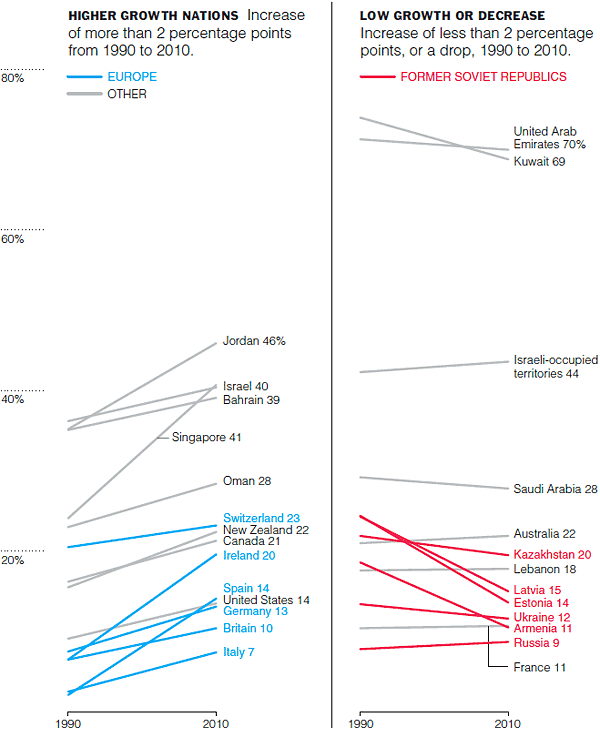| Want to send this page or a link to a friend? Click on mail at the top of this window. |
| More Books and Arts |
| Posted June 29, 2010 |
| Global Migration: A World Ever More on the Move |
 |
|
STUART FRANKLIN/MAGNUM PHOTO |
| FROM THERE TO THERE An estimated 214 migrants can be found worldwide. |
|
By JASON DePARLE |
 |
|
THE NEW YORK TIMES |
| Wehaitians.com, the scholarly journal of democracy and human rights |
| More from wehaitians.com |